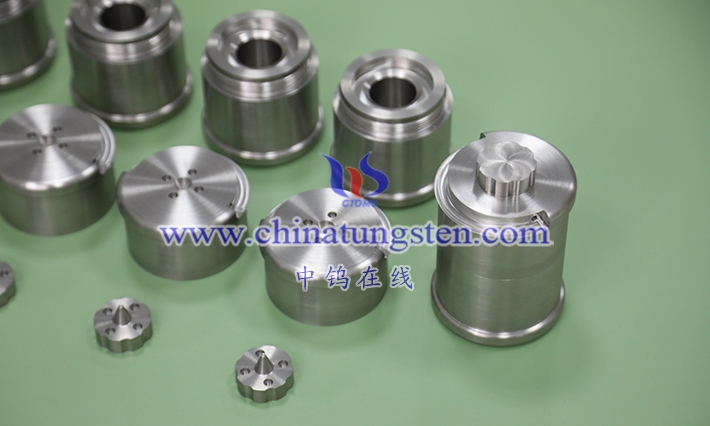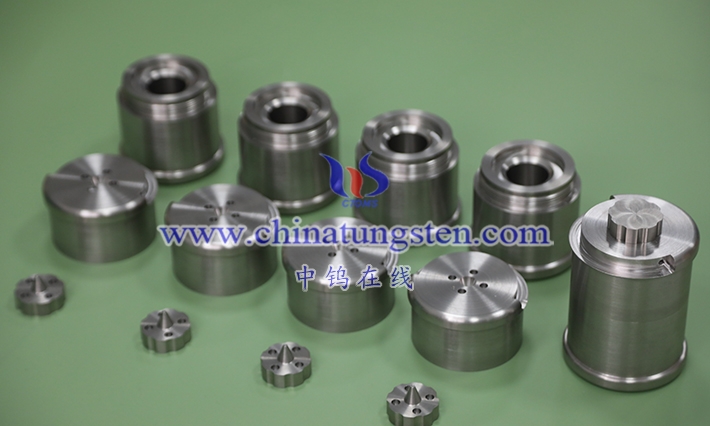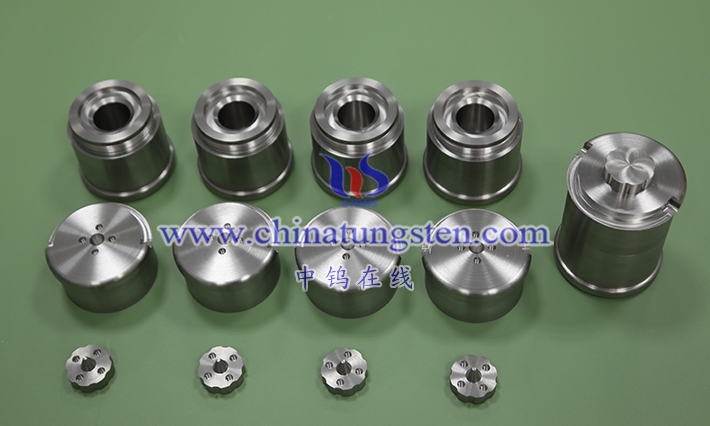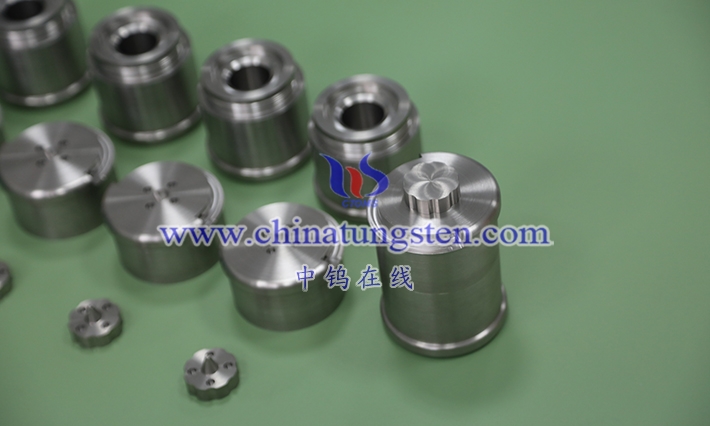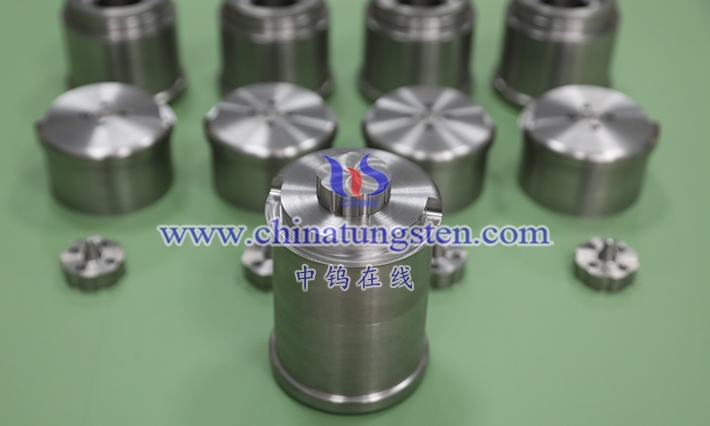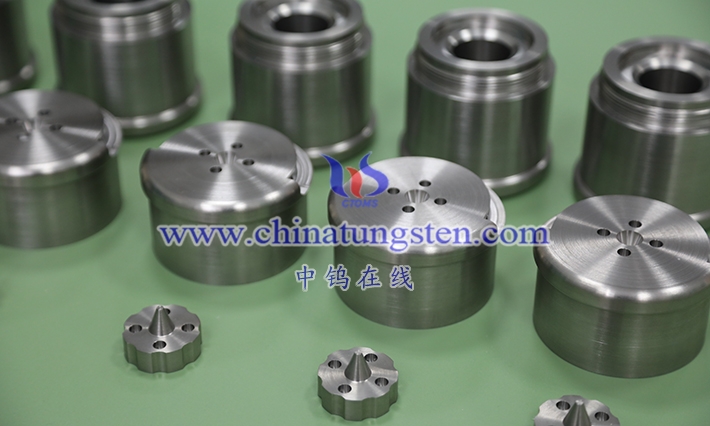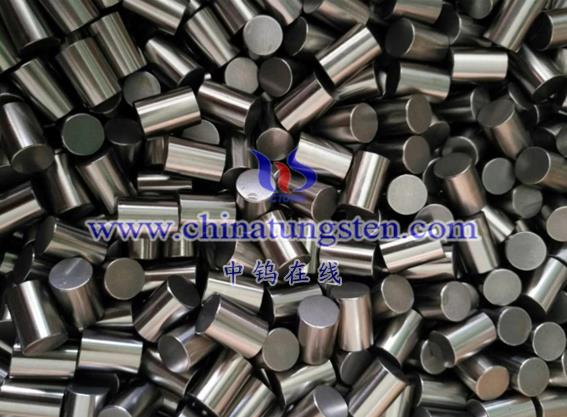
There is a complex relationship between the mechanical properties of high-density alloys and temperature. In low temperature environments, the mechanical properties of high-density alloys are relatively low, and indicators such as hardness, tensile strength, and yield strength may decrease. This is because at low temperatures, the vibration amplitude of metal atoms decreases and dislocation movement is blocked, resulting in a decrease in the plasticity and toughness of the material.
As the temperature increases, the mechanical properties of high-density alloys will gradually improve. This is because at high temperatures, the thermal movement of metal atoms increases, the dislocation movement intensifies, and the plasticity and toughness of the material are improved. Therefore, the yield strength, tensile strength and hardness of high-density alloys may increase at high temperatures.
However, when the temperature increases to a certain range, the mechanical properties of high-density alloys may begin to decline. This is because at high temperatures, the bonding force between metal atoms weakens, leading to a decrease in the creep and fatigue properties of the material. In addition, defects such as vacancies and dislocations in materials at high temperatures may aggregate and grow to form microcracks, further reducing the mechanical properties of the material.
Therefore, there is a complex nonlinear relationship between the mechanical properties of high-density alloys and temperature. When designing and applying high-density alloys, it is necessary to fully consider their mechanical properties at different temperatures and take corresponding measures to optimize their performance and durability.
More details of tungsten alloy product, please visit website: http://tungsten-alloy.com/
Please contact CHINATUNGSTEN for inquiry and order of tungsten carbide:
Email: sales@chinatungsten.com
Tel.: 86 592 5129595
